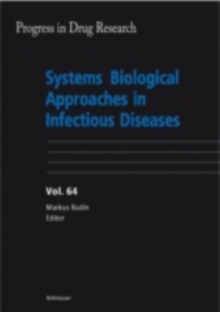
Progress in Drug Research PDF
Part of the Progress in Drug Research series
Description
Hepatitis C virus (HCV) was first identified in 1989 as the etiologic agent of non-A, non-B hepatitis [1] and is currently recognized as the leading cause of chronic liver disease worldwide.
In contrast to hepatitis B virus infection, in which only about 5% of adult infections become chronic, more than 80% of HCV-infected patients develop chronic hepatitis.
Moreover, 20-50% of those persistently infected with HCV will develop liver cirrhosis and hepatocellu- lar carcinoma (HCC) [2].
It is estimated that there are 10,000 deaths in the USA per year due to chronic liver failure or HCC [3].
In addition, HCV dis- 25-50% of all liver transplants in US centers, and the ease is responsible for recurrence of HCV infection following liver transplantation is universal [4].
Typically, HCV disease emerges after a 10-20 year period during which symp- toms, if they exist at all, are mild and non-specific.
Although the prevalence varies greatly among different countries, it has been estimated that up to 170 million people (3% of the world's population), are infected with HCV [5].
A recent study in the USA found that 65% of all HCV-infected persons are 30 to 49 years old [6].
Information
-
Download - Immediately Available
- Format:PDF
- Publisher:Birkhauser Basel
- Publication Date:06/12/2012
- Category:
- ISBN:9783034883856
Information
-
Download - Immediately Available
- Format:PDF
- Publisher:Birkhauser Basel
- Publication Date:06/12/2012
- Category:
- ISBN:9783034883856










